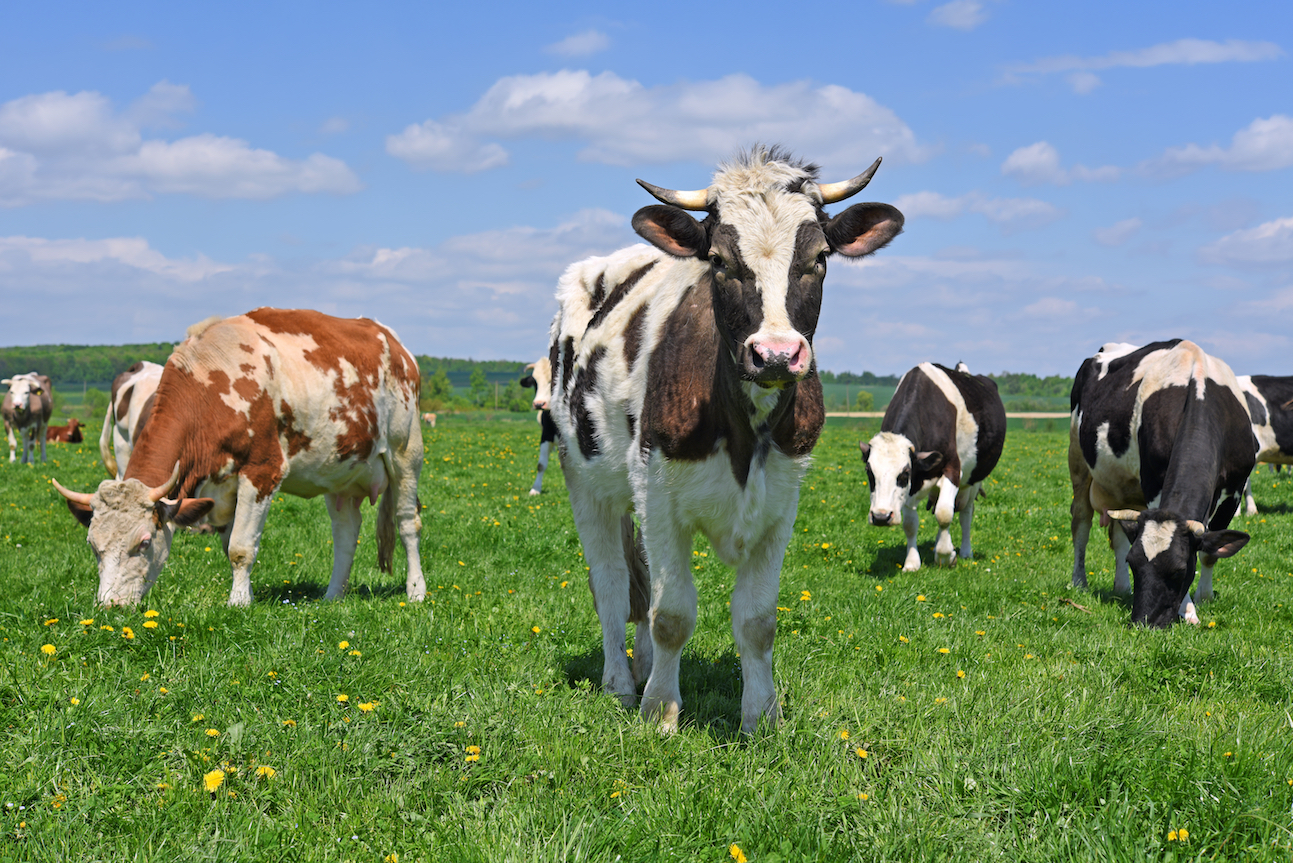
Grazing lands are extremely vulnerable to climate change
According to researchers at the University of Minnesota, precipitation variability over the past century has significantly affected 49 percent of the world’s grazing lands. Yearly changes in rainfall are limiting the ability of vegetation to support large herds of farm animals.
Across the globe, 800 million people depend on livestock for income and food security. Grasses and plants cannot flourish in a dry season and animals suffer as well, subsequently impacting the people who depend on these agricultural systems.
The researchers used climate data from 1901 to 2014 to map the progression of precipitation variability across the globe. Their model showed that some grazing lands had experienced gradual decreases in rainfall variability, but the predominant trend was found to be an increase in short-term rainfall fluctuations.
Lindsey Sloat is a postdoctoral research associate with IonE’s Global Landscapes Initiative and the study’s lead author.
“Visualizing precipitation variability trends allows us to identify grazing lands that have undergone large changes – and to learn from those places where people have managed to adapt well despite increased variability,” said Sloat.
Grazing lands already tend to be unsuitable for crops because they are either too dry or have poor soils, and some grazing lands are more inhospitable than others.
Study co-author Paul West explained that even small changes in rainfall patterns put these vulnerable grazing lands further at risk.
The researchers determined that regions with high year-to-year precipitation variability support lower livestock densities. They also found the most precipitation variability in areas where grazing is critical for food security.
In addition, the study revealed that global grazing lands endure 25 percent more year-to-year rainfall variability than the average global surface land area.
“This study is showing us that grazing is potentially highly vulnerable to climate change, right across the world, from Australia to Central Asia, sub-Saharan Africa and the Americas,” said co-author Mario Herrero.
The research is published in in Nature Climate Change.

Areas where livestock grazing is important, economically or for food security, are mapped globally (a), summarized by country (b), and between-year precipitation variability trends between 1901 and 2014 are analyzed for each region (c). The importance of pastured livestock is defined by combining information on the area devoted to pasture and market influence. Overall between-year precipitation variability is highest in areas where livestock grazing is economically important (dark red), but it has increased the most over the past century in areas where livestock grazing is suspected to be important for local food access (dark blue).
Image Credit: Nature Climate Change
—
By Chrissy Sexton, Earth.com Staff Writer













